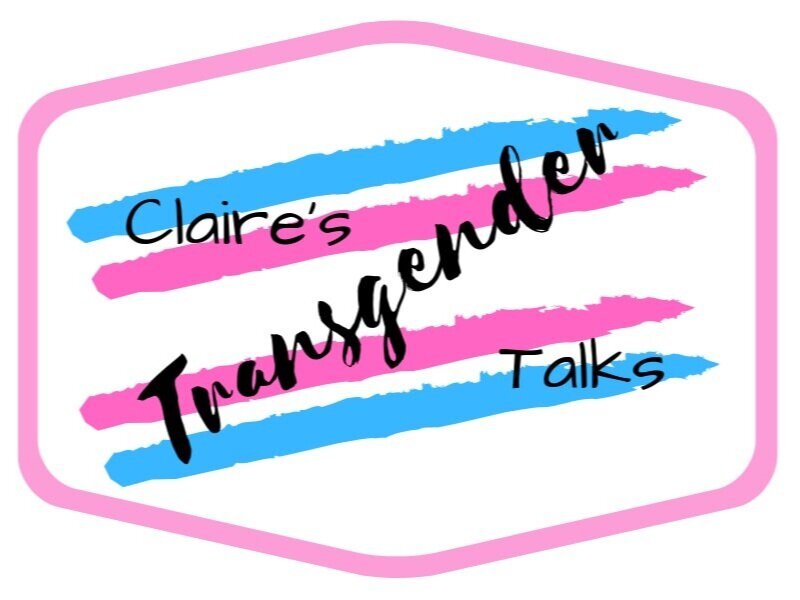Transgender is one of those words that has a number of different meanings, depending on the context it’s being used in and who you ask.
This is the result of trying to explore and explain concepts of gender that are relatively new to western civilisation due to the imposition of the gender binary, but concepts that have roots going back to the dawn of mankind.
In this article we will look at the origins, contexts and correct usage of the word, common mistakes and assumptions, and how the term is twisted by trans hostile parties.
Where does the word “Transgender” Originate?
The creation of the word “Transgender” seems to be credited to the psychiatrist Dr. John F. Oliven, who used the term as a way to distinguish between people who crossed a point from “transvestite” to “transsexual” (see footnotes), in his reference work Sexual Hygiene and Pathology (1965).
Both terms are now generally considered to be outdated, and are often viewed as offensive by transgender people for a number of reasons. As a general rule, it is a good idea to avoid using these terms when talking about transgender people - unless an individual uses them to refer to themselves and is happy for you to do the same.
The word “Transgender” itself actually has its roots in Latin (as do many terms used in medicine, biology and other sciences), and it’s a contraction of two words.
The first is “trans”, meaning “across” - as it does in transatlantic (across the Atlantic ocean), transpacific (across the pacific ocean), transnational (across nations) etc.
The second is “gender”, which is a reference to the gender the person was assumed to have at birth, based on the observation of reproductive genitalia.
So, put the two together and we have “transgender”, meaning “across gender”, or more specifically, “across from the gender assumed at birth”.
The popular use of the term appears to be credited to the transgender activist Virginia Prince, who started using the term “transgenderal” in her writings in the late 1960’s.
Context
Let’s have a look at some of the contextual uses of the word “Transgender”.
You may have heard the term Transgender Umbrella - This is a general description for the many, various different gender identities that people have within the transgender community. In this context, “Transgender” is a “catch all” term relating to the whole community of people who are gender variant.
When we are talking about individuals however, the term transgender is used to denote someone whose sense of personal identity does not match their assumed gender given to them at birth.
And it is also used occasionally by individuals as a gender identity in it’s own right.
So right away we have a word that has three different uses that all meet the definition of the word.
Using the word “Transgender” correctly
So, how should it be used?
Correct usage of the word transgender, is as an adjective - i.e. a transgender person.
It is often shortened to “Trans”, which is perfectly acceptable, and I’ll use that from now on.
Correct Usage
Trans Man or Trans Woman
Trans Boy or Trans Girl
A Transgender Person
Transgender People
Incorrect Usage
Transwoman - You wouldn’t say electrickettle or hairyman. Note and use the space between words, two words, not one.
Transgendered - This sounds like it’s something that has been done to us, or something we do, rather than who we are .
Transgenderism - This sounds like its a choice we have made, or an idea we follow. Neither are true, although the term is still used academically.
A Transgender - This is used to dehumanise us, we are not a different species.
Transgenders - Again, this is used to dehumanise us in the same way as above.
Use of these are considered to be insensitive at best, and they are often used in a deliberately abusive way.
It is worth noting that the incorrect usage is prevalent within trans hostile groups and organisations, where it is deliberately used in order to dehumanise and “other” transgender people. As such they are a really good indicator that the person or organisation using them either has no clue what they are talking about, or are opposed to transgender people existing and being deliberately offensive.
This is one of the reasons why understanding and using language correctly and inclusively matters - using incorrect language may actively prevent trans people from using or accessing your service.
Footnotes:
Transvestite : A person who derives pleasure from dressing in clothes primarily associated with the opposite sex.
Transsexual : Medical term. A person who emotionally and psychologically feels that they belong to the sex opposite to that they were recorded as when born.
Please note that both terms are generally considered to be offensive or stigmatising within the trans community.
